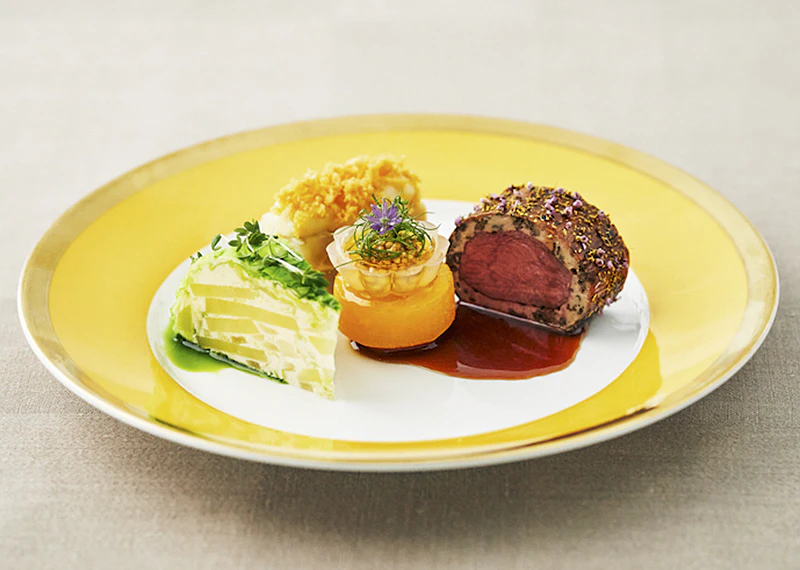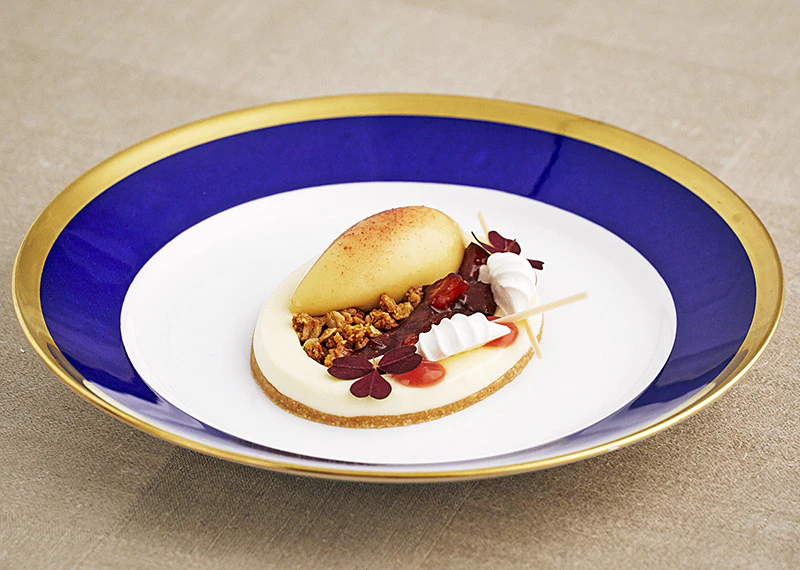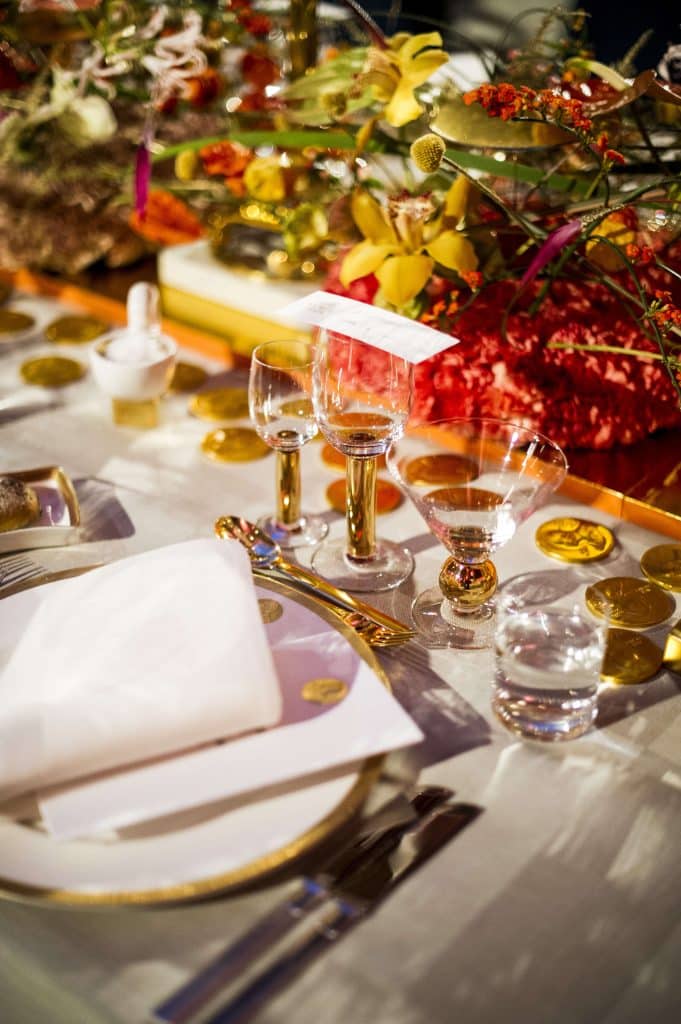On December 10, the usual Nobel Banquet was held in the Blue Hall at Stockholm City Hall, after a two-year Corona break. Everyone received their prizes and no one seems to have made any major mistakes – except the King, who is said to have held the top of his champagne glass during a toast. And as usual at a Nobel dinner, there was fantastic food and drink on offer.
For those who, like a Swedish party leader, missed the party, we have gathered together all you need for your own Nobel dinner. So if you’ve got a few hours to spare on Saturday, just pick up the pike and deer and then slip into your coat with your family.
Behind the scenes at this year’s Nobel dinner
With 1300 guests and 57 tables in the Blue Hall, the Nobel Banquet requires an impressive mix of industrial scale and craftsmanship. Setting the table alone takes a day for about 40 people and 190 people work in the service department during the evening. It takes 40 chefs four days to prepare the food.

This year’s menu was developed by chef Jimmi Eriksson and pastry chef Annie Hesselstad.
Jimmi Eriksson was named Chef of the Year in 2016 and was team captain of the Swedish National Culinary Team 2017-2020. He is also Sweden’s representative in the Bocuse d’Or, the chefs’ world championship, 2022-2023.
Annie Hesselstad is the head pastry chef at Artipelag. She has also been part of the Swedish National Culinary Team in 2015 and 2016 and competed in the 2016 Olympics. Annie works as head pastry chef at Artipelag.
This year’s menu at the Nobel dinner
For those who want to cook – or at least watch it being cooked – SVT has clips where Jimmi shows how the dishes are prepared.
Starter

Seaweed-baked pike-perch and tomato stuffed with pike-perch, parsley emulsion, kohlrabi, bread spices, as well as krondill pearls and flower crunch.
Vegetarian option: Tomato stuffed with fennel, parsley emulsion, kohlrabi, bread spices as well as krondill pearls and flower crunch.
Drinks: 2012 Champagne Legras & Haas Blanc de Blancs Grand Cru, France
Non-alcoholic drink: GodDryck No 1 Prestige Cuvée, non-alcoholic
Main course


Swedish venison stuffed with morel mushrooms and sage, yellow beetroot with cold-pressed rapeseed oil and mustard seed, Jerusalem artichoke and thyme emulsion, and potato terrine and game sauce with star anise.
Vegetarian option: Baked celeriac with morel & sage, beetroot with cold-pressed rapeseed oil & mustard seed, Jerusalem artichoke & thyme emulsion, and potato terrine and roasted cabbage with star anise.
Drinks: 2021 Grattamacco Bolgheri Rosso, Tuscany, Italy
Non-alcoholic drink: Saxhyttegubbens 100% Blueberries
Dessert

Baked cheesecake and plum compote flavored with star anise, plum cream, mirabelle meringue, oat crisp and mirabelle sorbet flavored with ginger.
Drinks: 2021 Brännland Iscider, Västerbotten, Sweden
Non-alcoholic drink: 2021 Pomologik Craft cider, non-alcoholic
The total cost per guest is about 3000 SEK. The champagne is not available in Sweden but costs about 700 SEK per bottle online, the red wine from Grattamacco 268 SEK and Brännland Iscider 279 SEK.
Swedish drinks at this year’s Nobel dinner
The starter and main course wines were classic: champagne and a super Tuscan. But it was the dessert wine that raised the most eyebrows: for the first time ever, a Swedish wine was served with the Nobel dinner.
Brännland Iscider is a sweet ice wine made from Swedish apples from both Norrland and Skåne. Brännland Cider was founded in 2010 and the wines are produced in Vännäsby outside Umeå. Today, almost 100,000 bottles are produced annually and it is available both in Systembolaget’s range and several three-star restaurants such as The Fat Duck outside London, Arzak in San Sebastian and Hotel De Ville Crissier near Lausanne.
Even the beer for the after-party is Swedish, but that’s not new. This year’s suppliers include Benchwarmers Brewing Co from Helsingborg, who have produced Noble Hops, a German-style pilsner.
Servis

The Nobel tableware has been the same for about 30 years, when it was created by Karin Björquist (porcelain) and Gunnar Cyrén (glass and cutlery). The service is made by Gustavsbergs and Rörstrands (then the same group). Unfortunately, they no longer produce porcelain in Sweden. However, the glasses are still produced in Sweden – they come from the Kosta glassworks in Småland, owned by Orrefors.

